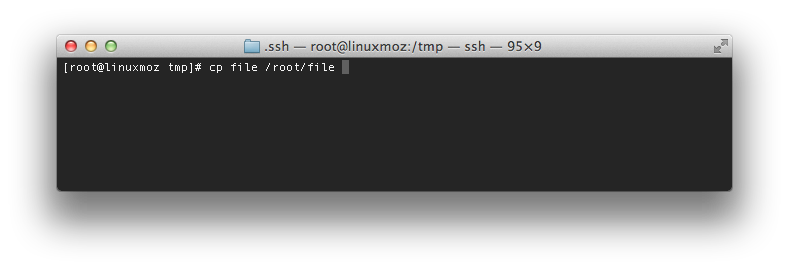
- #LINUX FOLDER BACKUP RECURSIVE ARCHIVE#
- #LINUX FOLDER BACKUP RECURSIVE CODE#
If you’re still confused by this, I can make a video tutorial.
#LINUX FOLDER BACKUP RECURSIVE CODE#
Leave a comment below if this helped – or didn’t help – you, or you have a general code improvement you’d like to leave.

Note you might need to put quotes around some of this in certain flavours, but this should work in Ubuntu or CentOS Linux, which are our favourites. This will zip up the entire contents of your directory, but skipping the contents of those sub directories. Zip -r zipperall.zip dir -x dir/subdir/**\* dir/anothersubdir/**\* If you have more than one subdirectory to zip up, just add a space and repeat the code at the end, for example: Recursively zip a directory and all contents – excluding more than one subdirectory Obviously you should replace zipfilename, dir, and subdir, with your actual directory and subdirectory names. Zip -r zipperall.zip dir -x dir/subdir/**\* The command below will allow you to do just that! Syntax mv OPTION SRC DEST where SRC is Source file or directory and DEST is Target file or directory. Recursively zip a directory and all contents – excluding one subdirectory Prerequistive To run move command (mv), to move a file or directory we must need to have to write permission on the source and destination else we will receive an error of permission denied.
#LINUX FOLDER BACKUP RECURSIVE ARCHIVE#
directoryfilename = the name of the directory you want to collect all contents of and archive (zip up). zipfilename.zip = the name you want the zip you make to have. The following command in Linux will get your directory zipped up, with all its contents (known as recusively zipping a directory – recursively meaning “going into all subdirectories and getting them, infinitely, until there are no more contents to fish out…”). Is it a “Folder” or a “Directory”?Īside: In Linux, what Windows users call “folders” are called “directories” – in case you wondered.įirst up, a little command to zip a directory and all its contents, so you know the basics. I know I have – this is a great way to backup a website, or make a copy of a website, and exclude big folders you don’t need, like the contents of a caching, or some other backup folder, which you just don’t need. You can then pipe this result into tools such as less or grep. For example, to show all the files and directories in the /var/log directory: cd /var/log fd The command will show all the files and directories in a list. Have you ever wanted to zip an entire directory, but exclude the contents of one or two (or more!) sub-directories, using PuTTy (or another terminal) over SSH. To list all files and directories recursively, run the fd command in your target directory. Recursively zip a directory and all contents – excluding more than one subdirectory. Recursively zip a directory and all contents – excluding one subdirectory.





 0 kommentar(er)
0 kommentar(er)
